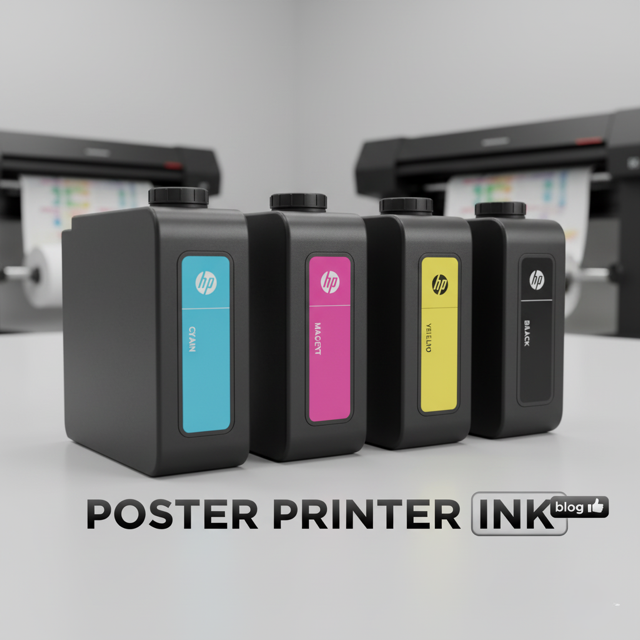
DISCOUNTED EDUCATION PRICING! CALL 1-877-891-8411. We Gladly Accept School Purchase Orders!

If you’ve spent more than five minutes in a classroom, you’ve probably seen one: a brightly colored poster with helpful tips, a visual breakdown of a complex concept, or key vocabulary words neatly organized. These are anchor charts — one of the most powerful (and underrated) teaching tools in any educator’s toolkit.
Used effectively, anchor charts are more than just pretty classroom décor. They serve as visual reminders of what students are learning, provide consistent reference points, and promote independent learning by anchoring instruction to a visual format that sticks.
Whether you’re a seasoned teacher or new to the classroom, these 10 effective anchor chart ideas will help you engage students, reinforce content, and bring your lessons to life.
Before we dive into the ideas, let’s talk about why anchor charts work so well.
Now, let’s get into some classroom-tested anchor chart ideas that work across grade levels and subject areas.
A must-have for any literacy block, a reading strategies anchor chart helps students tackle challenging texts with confidence. Include visuals like:
Make it interactive: Add Velcro pieces so students can “choose” a strategy when stuck.
📌 Tip: Use colors and animal icons to make strategies memorable for younger readers.
Whether students are writing narratives, essays, or journal entries, a Writer’s Toolbox chart reminds them of their writer’s tools:
Break this into sections for easy scanning. You can even add sentence starters or mentor text examples.
✍️ Pro Tip: Laminate your toolbox and give students miniature versions for their folders.
Many students freeze when it’s time to solve word problems. Combat this with a clear, step-by-step anchor chart that outlines:
Include icons or visuals for each step to help students internalize the routine.
📐 Bonus Idea: Create a “strategy menu” alongside it showing multiple ways to solve problems (arrays, skip counting, number bonds, etc.).
Anchor charts aren’t just for academic content—they’re great for classroom routines too. In science class, post a Lab Safety chart with rules like:
Add friendly illustrations or even student-drawn safety symbols to make it fun and memorable.
🔬 Add real photos of your students modeling safety gear for a personal touch.
The way students talk to themselves matters. Keep growth mindset language front and center with a colorful anchor chart full of positive self-talk, like:
🎯 Encourage students to add their own phrases and refer to the chart when they’re frustrated or stuck.
A lively grammar anchor chart can make all the difference in how students understand sentence construction. Color-code:
Give examples and visual cues — like “Running Robot” for verbs or “Happy Hamburger” for adjectives.
🧠 Extend it with a “Build-a-Sentence” corner where students use color-coded cards to form sentences.
Co-create this chart with students at the beginning of the year for maximum buy-in. Categories might include:
Illustrate with student drawings or emojis to make it relatable and visual. Revisit regularly.
🎨 Laminate it and let students sign it like a contract.
Teaching inference? Use this simple formula as your anchor:
Include examples from familiar books or classroom read-alouds. Add sticky notes so students can add their own inferences as they read.
📘 Tie in this chart during ELA and science when forming hypotheses.
Perfect for writing and sequencing activities, this anchor chart includes:
Use arrows or comic-style visuals to show story flow. This is great for narrative and informational writing.
📚 Challenge students to use a new transition each time they write.
Spice up student writing by showing examples of:
Provide short definitions and examples students can relate to (“Her smile was as bright as the sun.”). Add illustrations or let students draw their own.
🖍️ Add this to a writing corner so students can reference it during drafts.
The best anchor charts are those that evolve with your students. Don’t be afraid to:
You don’t need to be an artist to make a great chart. What matters most is clarity, consistency, and student connection.
So grab those markers, rolls of poster paper, and start building anchor charts that do more than decorate — build charts that educate.